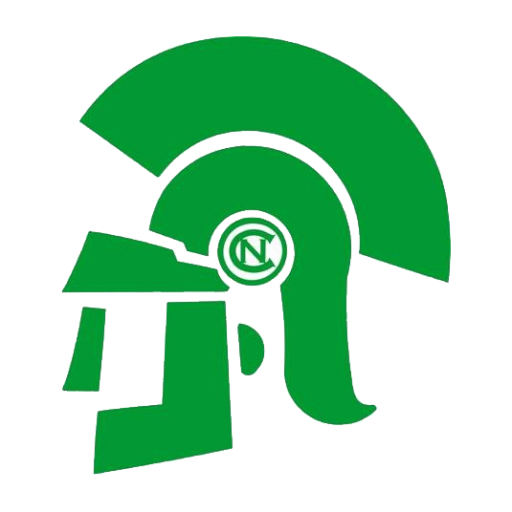In this day and age, media, such as books, are easier to access than ever before. Anyone could very easily go to a library, or look at a virtual space, such as an official website, and learn about any topic that they desire. However, it seems recently that figures within the government want to limit this. The past few years, America has seen a flux of books being taken from schools and public libraries. This ultimately raises a few questions; When is it necessary, when is it too far, and what are some alternatives?
“. . .I think every book has a place for someone,” said Lead Librarian Teresa Cook.
There are a few main factors when it comes to whether books should be banned: Topic, grade, and state. Starting with topics, there are 6 main ones that are covered. Sexuality, racism, sexism, sexual education, evolution, and government. These all are somewhat controversial topics, but ones that need to be discussed. However, they’re being limited within schools and libraries. The reasoning behind this is due to grade and state. The government, rightfully so, wants to limit mature topics within younger students to protect them. Some states, like Alabama, also wish to keep their religion as priority within the media.
“The main factor in banning books are usually well-intentioned values, typically from religious groups. However, this leads . . . children in a given area to have a narrowed world view thanks to the limited access to outer perspectives,” said Senior Jasmine Windisch.
Even with this information, ignoring the main message behind books to protect people from profanity or vulgar topics can do more harm than good. There are plenty of examples of books that have great messages behind them, but were limited due to some controversial scenes in the writing, such as the bible burning in Fahrenheit 451. The Giver is a good example, as its message is the risk of conformity rather than individuality. Though, there are some books that are perfectly reasonable to restrict from younger audiences, like 50 Shades of Grey. Books that are vulgar for the sake of being vulgar, with no educational value, have no place in schools.
Now that both points are covered, some alternatives can be discussed. Some solutions can be raised, such as putting age ratings on books. This will stop librarians from allowing younger kids from checking out these types of books without adult supervision, or flat out denying them. Specific or restricted areas could also be utilized within schools or public libraries to stop people under the age limit from reviewing the books. These could be marked by stairs or signs, perhaps needed to be accessed by a library card. If the main goal is to protect the youth, these are great ways to do so without fully taking them away.
“I personally believe that the government should not ban books, and everyone should have their own choice . . . But I understand schools have rules,” said Librarian Abby Coti.
Overall, there can be a balance when it comes to limitations within schools and libraries, but there needs to be a clear line drawn. While books like Hooked shouldn’t be accessible to younger children, books like To Kill a Mockingbird have a good message behind it. Those in charge shouldn’t withhold books from students. All in all, finding a middle ground is possible, and quite possibly is the most beneficial solution for both sides.
